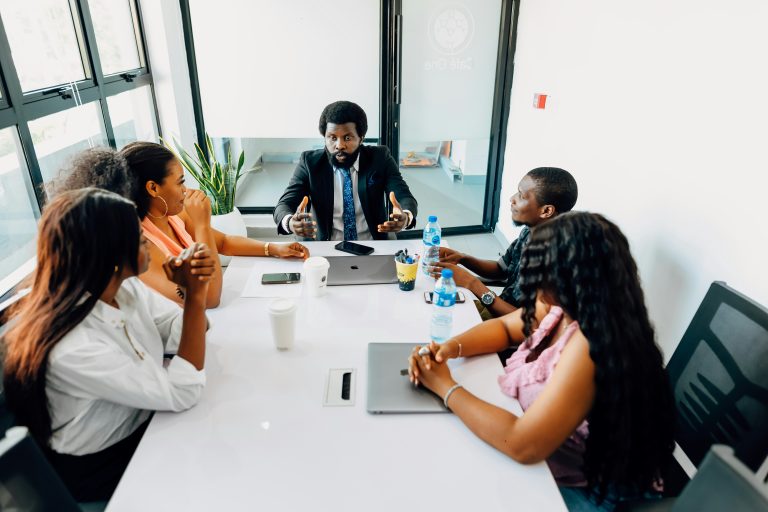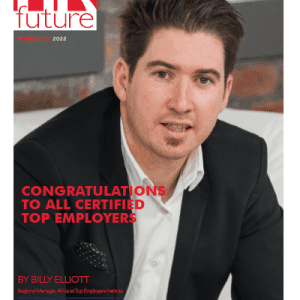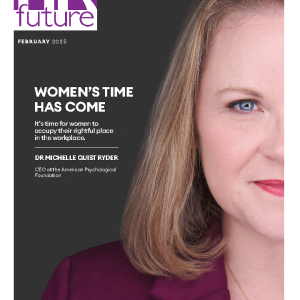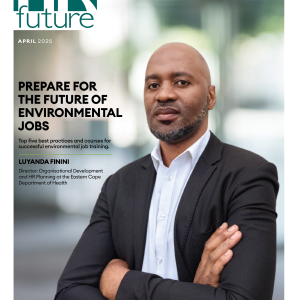There’s no doubt 2017 will be a shape-shifting year when it comes to the ways in which we work. It’s the year Generation Z enters the workforce and more and more Millennials become managers while the baby boomers retire.
It’s also a time when major corporates have to become more flexible in terms of where and when their employees work, and freelancers, entrepreneurs, start-ups, remote workers, contract staff and ‘blended workforces’ form a larger part of the workforce.
As technology increasingly enables different ways of working, the pressure is on to provide workspaces that are simple and flexible and technology-enabled.
The human race is developing fast and the easier it is for us to do things and the quicker it is for us to do things, the better.
Wherever we go we connect to the wi-fi; office hours are no longer rigid; we receive email on our tablets, our smartphones wherever we are. We can communicate with anything and anyone in the world at any time. All this means ‘workspaces’ have had to change to keep pace.
Meetings take place via video conferencing from South Africa to anywhere in the world at any time, something that used to be the preserve of big companies. Virtual meeting areas, working from the convenience of your mobile device, using Gautrain rather than your vehicle – all these save time. Our world is changing it is all about convenience, the fastest offerings, the quickest way of doing anything the simplest ways to use.
These are exciting times but we need to stay relevant at all times in order to accommodate small-to-medium sized businesses and help them grow and contribute to the economy.
Below are key trends in the workspace arena for 2017:
Corporates embrace cowork spaces. A few years ago when I went overseas to research coworking spaces, it boggled my mind how bigger corporate companies use co-working spaces. KPMG, for example, has rented space in London’s Interchange where its team that works with start-ups is now situated. It made sense for them to be close to where the innovation and action is happening. Merck, General Electric and even The Guardian newspaper’s offices in the US are using cowork spaces. Today this is happening in South Africa too. With the technology we offer at our spaces we make it convenient and easy for such companies to do so. Technology has assisted with corporates outsourcing departments to coworking spaces and assisted staff by being able to work closer from home in a coworking environment. We also find cowork spaces are ideal for the person that has a position where they travel a lot. We have big clients from around the world that use our spaces as satellite offices/meeting destinations, for example.
Simplicity and efficiency is key to ensuring cowork spaces are in demand. Clients need to use their time to max capacity and we offer them various solutions in which to operate to their full capacity. We are moving away from the traditional office and enjoy a luxurious, well-appointed space, which also has a homey feel. We appreciate good service and hassle free days. Socialising and networking in the office environment has become one of our more day-to-day trends.
With flexibility a major international trend, it is vital that we meet all the needs of the typical entrepreneur/small business owner in South Africa. We have travelled aboard and observed and researched coworking models to ensure we’re market relevant and flexible, with different types of office space for different types of businesses. Our clients want convenience and affordability, and they want options. Clients include IT, development, attorneys, training organisations, promotional companies, designers, journalists, freelancers, audio visual people, food and beverage companies – the list goes on.
Freelancing and contract working is a huge trend around the world with the Intuit 2020 report reckoning that within a few years, 40% of the workforce will be freelancing. The freelancer, hired ‘on-demand’ on a project-by-project basis, is becoming a popular option with companies loath to fork out on pension plans and medical aids. So this is where the idea of the ‘blended workforce’ comes in. Future Workplace lists this as a huge trend that will see company employees work side by side with freelancers on projects. With office space becoming tighter as corporates reduce costs and staff, coworking and serviced workspaces are the option they’re looking for.”
Mari Schourie is CEO of The Workspace.













